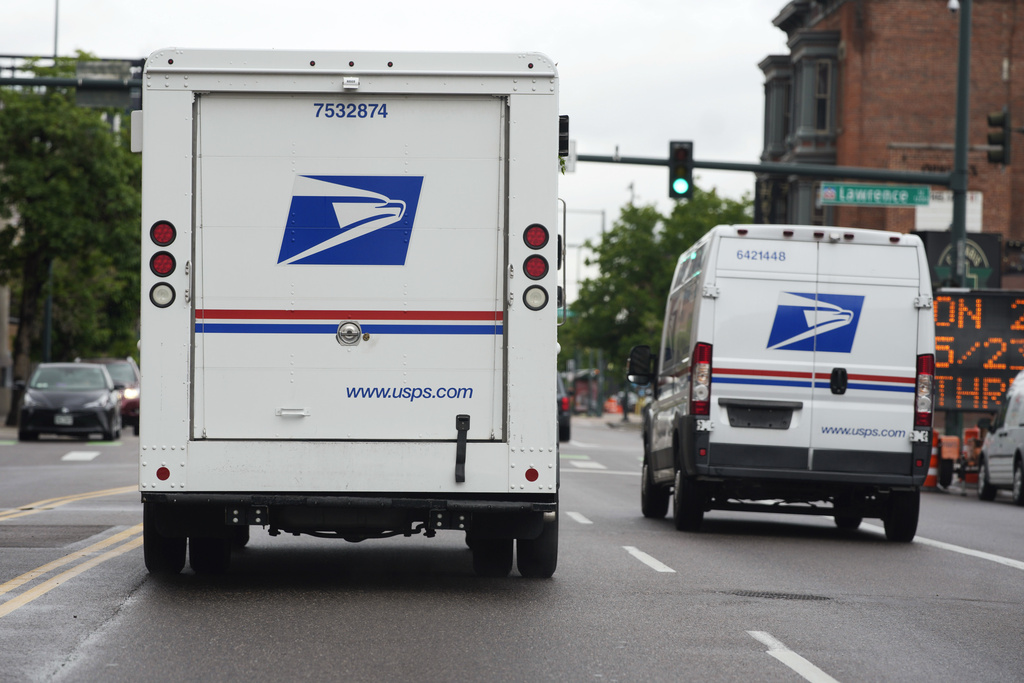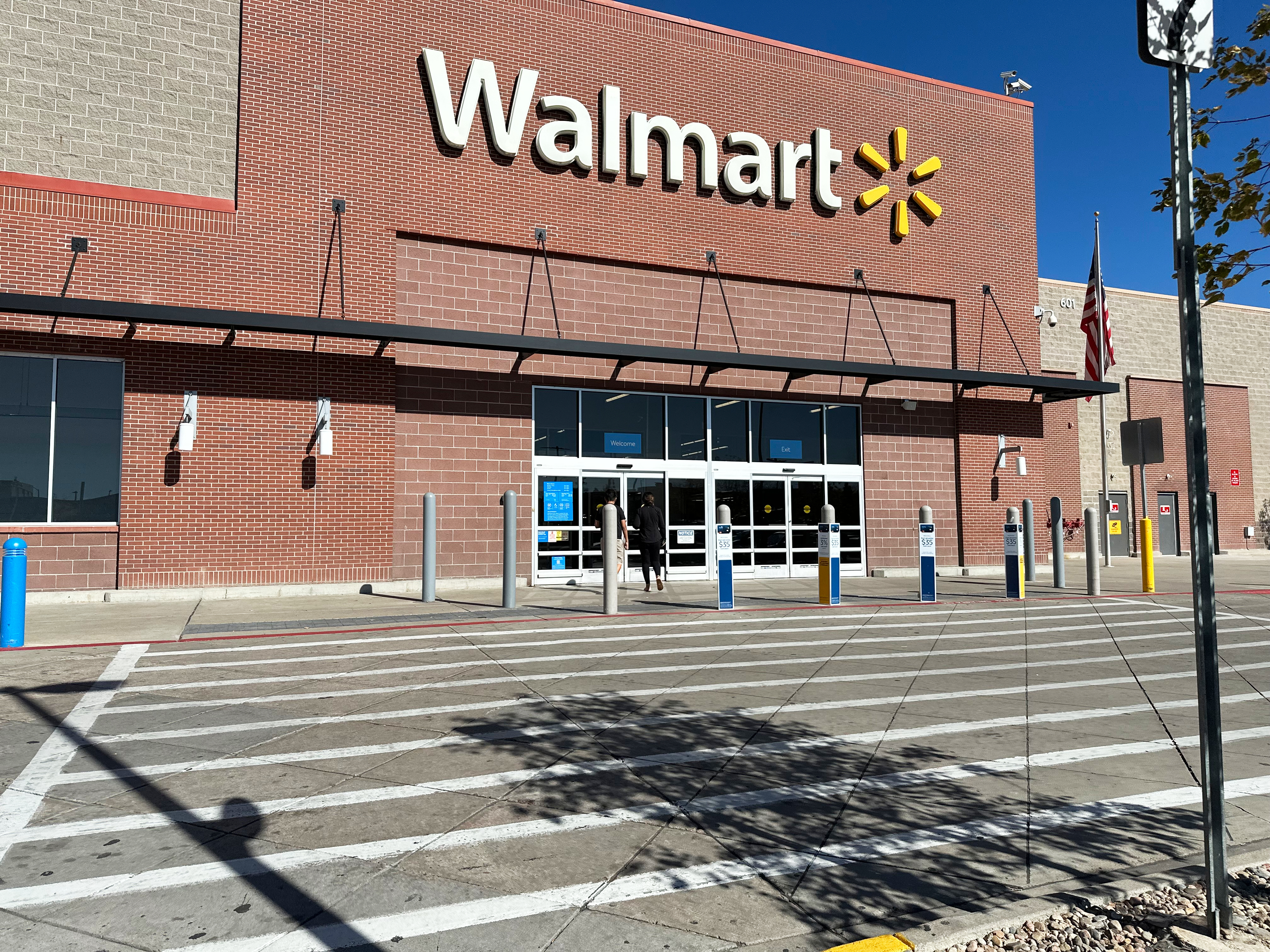Come autumn, apple aficionados know it's time to head out to their local orchards. Offering up a bounty of the fruit, though, isn't quite so simple anymore: Change is afoot for the humble apple.
"It's an economic threat to the sustainability of the industry," said Chris Walsh, a professor emeritus in the plant science department at the University of Maryland.
Walsh dedicated his life's work to growing apples.
"I've had bushels and bushels and bushels of them," he said.
Many of those apples have been harvested at a special apple orchard the university set up for agricultural research.
More than 20 years ago, they started looking into how to expand the areas in the U.S. where apples could grow — mainly looking at developing ones that could thrive in warmer climates. It would turn out to be a prophetic choice.
"I didn't really start breeding for climate change," Walsh said. "What happened was, as time went on, it was getting warmer and warmer further north, and I realized I was not only breeding for Maryland, Virginia, Pennsylvania — but I was also breeding for people further to the north and further to the west."

Thousands of cantaloupes recalled due to possible salmonella
Eagle Produce issued the voluntary recall for 6,456 cases of cantaloupes after a test conducted by the FDA in a distribution center.
After all those years, it has now led to a brand-new patent for new types of apples, able to grow in a warming world.
"There were thousands of apple tree seedlings that were planted out here. Over time, we selected and selected and selected," Walsh said. "What we've tried to do is also breed not only for heat tolerance and hot weather tolerance, but make trees that are more easier to manage and they're more grower-friendly, as far as requiring less labor."
They also wanted to make them more resistant to "fire blight," a bacterial disease that kills apple trees and has become more common as temperatures warmed over time.
"As climate has changed, fire blight has become more and more of a problem in the Great Lakes area, New York, New England — areas that never used to worry about it," Walsh said. "So, we've selected for trees that had not only heat tolerance, as far as good fruit quality and leaf quality, but we've also selected for heat tolerance — not to get fire blight."
Keeping the apple afloat is big business. It's the most consumed fruit in America and the U.S. is the second largest producer of apples in the world after China, with an economic impact of $23 billion.
The new apples don't have a name yet, but will be made available to commercial growers, who could plant them in areas as far south as Georgia.
"We really hope that we can get something that helps the growers," Walsh said, "Keeps them in business, makes them deal with the rest of the 21st century and climate change."











